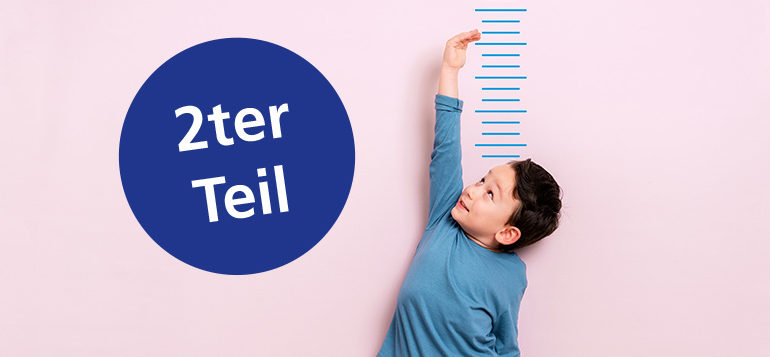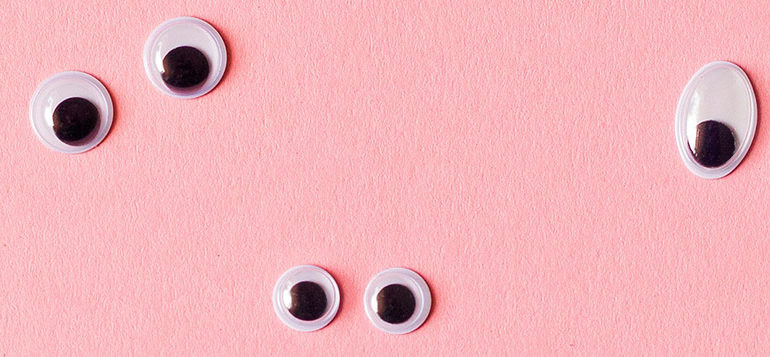Japan, with a population of approximately 126 million, is one of the most attractive markets for medical device manufacturers. It is the second largest market for medical devices in the whole world. Japan has many large medical device companies, but a considerable amount of medical devices are also imported into the country. The aging of society is also evident, necessitating steadily increasing investment in the country’s public healthcare system. The approval process for medical devices is lengthy and costly and should be well planned.
Medical device manufacturers who wish to register their products in Japan must deal with the regulatory requirements that apply there. The legal framework for these regulations is provided by the Pharmaceuticals and Medical Devices Act (Act on Securing Quality, Efficacy and Safety of Pharmaceuticals, Medical Devices, Regenerative and Cellular Therapy Products, Gene Therapy Products, and Cosmetics, PMD Act), which replaced the Japanese Pharmaceutical Affairs Law (PAL) on November 25, 2014.
Certain provisions of the law may be further specified by additional ordinances (e.g., Ministerial Ordinances) under the supervision of the Japanese Ministry of Health, Labour and Welfare (MHLW). The regulatory authority in Japan is the Pharmaceuticals and Medical Devices Agency (PMDA).
Manufacturers must also follow and comply with Regulation MHLW No. 169 on Quality Management Systems. This regulation contains additional requirements for a quality management system for manufacturers certified to the ISO 13485 standard. Manufacturers must also apply for a Foreign Manufacturer Registration (FMR). This procedure is used to register production sites. The application usually goes through the MAH or the DMAH.
An application for approval of a medical device is made by the Marketing Authorization Holder (MAH) on behalf of the foreign manufacturer. The MAH may be a Japanese-based company or a legal entity residing in Japan. The Marketing Authorization Holder is the official holder of the product approval and cannot be easily changed. The choice of Marketing Authorization Holder should therefore be well prepared and thought through by the European manufacturer. The MAH must maintain a quality management system and a system for monitoring the products on the market. A medical device distributor may also assume the duties of a Marketing Authorization Holder. In this case, he is called a Designated Marketing Authorization Holder (DMAH). He must then comply only with the principles of Good Quality Practice (GQP) and Good Vigilance Practice (GVP). MAHs must maintain a Device Master File that corresponds to the documentation submitted to the agency.
There are a total of four classes of medical devices, the classification of which is based on risk, for one thing. In addition, devices are classified according to the Japan Medical Device Nomenclature (JMDN), which is based on the Global Medical Device Nomenclature (GMDN):
Class 1 General Medical Devices,
Class 2 Designated & Specially Controlled Medical Devices,
Class 3 Specially Highly Controlled Medical Devices
Class 4 Highly Controlled Medical Devices.
An Application Dossier must be submitted for product approval. Application forms are available on the PMDA websites. Applications must be submitted in Japanese. Approval dossiers must be compiled according to IMDRF’s STED standard. Japanese Industrial Standards (JIS) must be followed when compiling the dossier.
The market release for Class 1 products is done by means of a Marketing Notification. The prerequisite for market release is licenses issued by the authority for the MAH and for the production site. Conformity of the quality management system with applicable regulations must be established – but is not required for every Class 1 product. This approval pathway is known as Todokede.
For Class 2 products, market release is achieved through successful certification by a Registered Certification Body. This pathway is called Ninsho. Registered Certified Bodies (RCBs) are private certification bodies, similar to Notified Bodies in the EU, which monitor manufacturers and are also authorized to conduct third-party audits. RCBs can also perform certifications for Class 3 – copycat products, but they must be similar to products already on the Japanese market. Notified Bodies located in the EU may also simultaneously perform the function of RCB in Japan.
For certain Class 2 and Class 3 products and for all Class 4 products, the MAH sends the approval documents to the PMDA. Market clearance is done directly by the MHLW. This approval process is called shonin. Here, the manufacturer must assure the MAH in writing each year that the documentation for a product approved in Japan is still current. For these products, the PDMA or regional regulators conduct third party audits themselves. Audits by Japanese regulators may also be conducted under the MDSAP program.
Market clearance for Class 1 products can be obtained relatively quickly, as the manufacturer only has to make a notification here, but does not have to go through a review. For Class 2 products certified through an RCB, the processing time is approximately three to six months. For all other products, a processing time of eight to 16 months must be expected. The validity of the licenses and QMS certificates issued is five years. After that, the licenses and certificates must be renewed.
In Japan, the purchaser of a medical device, usually healthcare facilities, can request reimbursement for certain products. To do this, the product must be registered in the National Health Insurance (NHI) system. There are six product classes A1, A2, B, C1, C2 and F. Products in classes A1, A2 and F cannot be reimbursed. Once a product has been released to the market, it is essential for a manufacturer to submit an application to the MHLW for reimbursement. The processing time of the application depends on the product class, especially for C1 and C2 class products, the processing of the application takes longer. Manufacturers can negotiate the price of the product refund with the MHLW after the application is accepted. Obtaining the highest possible price is obviously of great economic importance to manufacturers who wish to market their products in Japan.
Have we aroused your interest in the Japanese market? We would be happy to discuss your options with you.
Please note that all details and listings do not claim to be complete, are without guarantee and are for information purposes only.



